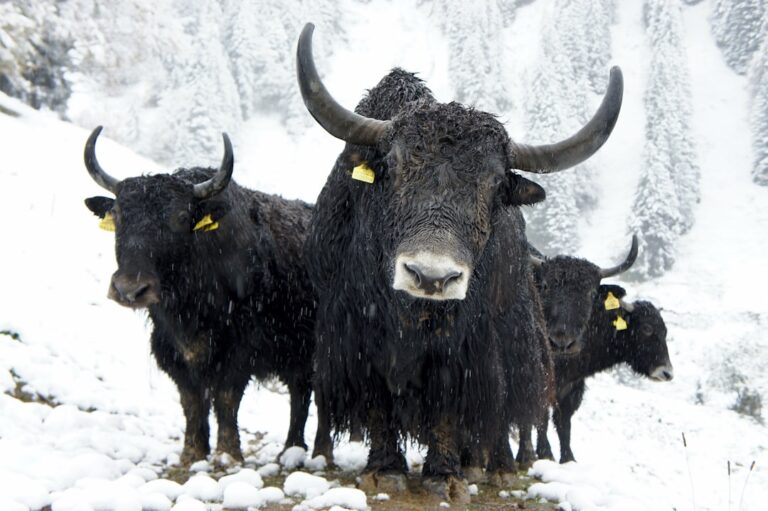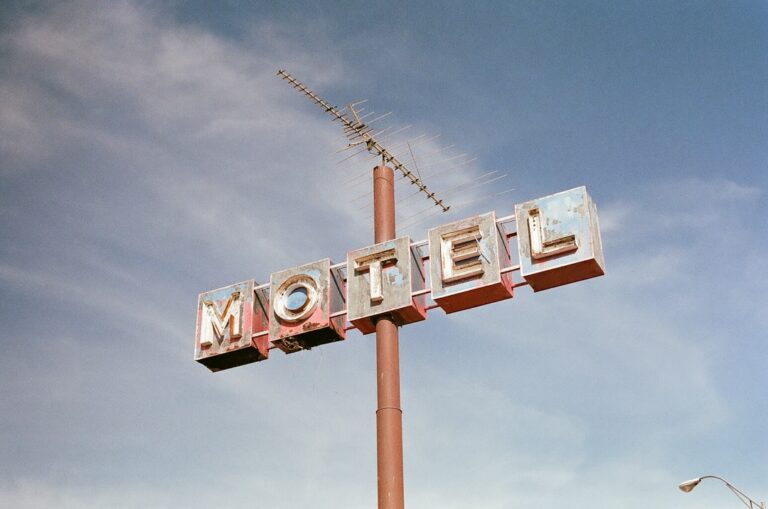Dreamcatchers have a rich and fascinating history that dates back to the Ojibwe people, a Native American tribe located in the northern United States and Canada. The Ojibwe, also known as the Chippewa, are credited with creating the first dreamcatchers as a way to protect their people, especially children, from bad dreams and negative energy. The traditional dreamcatcher consists of a small hoop made of willow, which is believed to represent the circle of life, and a woven net or web inside the hoop. The web is said to catch and filter out bad dreams, allowing only good dreams to pass through and slide down the feathers to the sleeper below.
The Ojibwe legend tells of a spiritual leader who received a vision from the Asibikaashi, or Spider Woman, who taught him how to make the first dreamcatcher. The Spider Woman instructed him to create a web-like object using willow hoops and sinew, and to hang it above the bed to protect the sleeper from bad dreams. As the Ojibwe people spread across North America, so too did the tradition of the dreamcatcher. Today, dreamcatchers are not only associated with the Ojibwe, but also with many other Native American tribes who have adopted and adapted the tradition into their own cultures. The popularity of dreamcatchers has also spread beyond indigenous communities and has become a widely recognized symbol in mainstream culture.
Key Takeaways
- Dreamcatchers originated from the Ojibwe people and were used as a protective charm to filter out bad dreams.
- Dreamcatchers are believed to symbolize unity and the interconnectedness of all living beings.
- When choosing a dreamcatcher, consider the size, design, and materials used to ensure it resonates with your personal energy.
- Place your dreamcatcher in a location with good airflow and natural light, and gently clean it with a soft brush or cloth to maintain its energy-clearing properties.
- Using a dreamcatcher in your bedroom can help promote better sleep and relaxation by filtering out negative energy and promoting positive dreams.
The Meaning and Symbolism of Dreamcatchers
Dreamcatchers are not only beautiful works of art, but they also hold deep meaning and symbolism. In addition to their practical purpose of catching bad dreams, dreamcatchers are also believed to symbolize protection, positivity, and good luck. The circular shape of the dreamcatcher is said to represent the circle of life and the interconnectedness of all living things. The woven web inside the hoop is thought to mimic a spider’s web and is believed to trap negative energy and thoughts, allowing only positive energy to flow through.
The feathers that hang from the bottom of the dreamcatcher are also significant symbols. In many Native American cultures, feathers are seen as symbols of strength, wisdom, and freedom. They are often used in ceremonies and rituals to connect with the spirit world. When incorporated into a dreamcatcher, feathers are believed to help guide good dreams down to the sleeper below. Each element of a dreamcatcher, from the materials used to its design and construction, holds special meaning and significance. Whether you believe in the spiritual aspects of dreamcatchers or simply appreciate their aesthetic beauty, there is no denying that they hold a special place in many people’s hearts.
How to Choose the Right Dreamcatcher for You
When choosing a dreamcatcher, there are several factors to consider to ensure that you find the perfect one for you. First and foremost, consider the size of the dreamcatcher. They come in a variety of sizes, from small ones that can be hung on a car rearview mirror to large ones that can be used as wall decorations. Think about where you want to place your dreamcatcher and choose a size that fits the space appropriately.
Next, consider the design and colors of the dreamcatcher. Traditional dreamcatchers feature natural materials such as willow hoops, leather, and feathers, often in earthy tones like brown, tan, and white. However, modern dreamcatchers come in a wide range of designs and colors, from vibrant and colorful to more muted and neutral. Choose a design and color scheme that resonates with you and complements your personal style and home decor.
Another important factor to consider is the authenticity of the dreamcatcher. If you are interested in honoring the cultural significance of dreamcatchers, consider purchasing one that is handmade by Native American artisans. Authentic dreamcatchers are often made with traditional materials and techniques, and purchasing one directly from an indigenous artist helps support their craft and traditions.
Placing and Caring for Your Dreamcatcher
| Aspect | Details |
|---|---|
| Placement | Hang your dreamcatcher above your bed or in a place where it can catch the morning light. |
| Cleaning | Gently dust your dreamcatcher with a soft brush or cloth to keep it clean. |
| Repairs | If the webbing or feathers become damaged, repair them with new materials to keep your dreamcatcher intact. |
| Meaning | Remember the symbolism of the dreamcatcher and the positive energy it is meant to bring into your life. |
Once you have chosen the perfect dreamcatcher, it’s important to place it in a location where it can effectively do its job of catching bad dreams and promoting positive energy. Traditionally, dreamcatchers are hung above the bed or near a window where they can catch any negative energy that may be entering the space. When hanging your dreamcatcher, consider using natural materials such as leather or twine to avoid disrupting its energy flow.
Caring for your dreamcatcher is also important to ensure its longevity and effectiveness. Dust it regularly with a soft brush or cloth to keep it clean and free from any negative energy that may have accumulated. If your dreamcatcher is made with feathers, be mindful of their delicate nature and avoid exposing them to excessive moisture or direct sunlight, which can cause them to deteriorate over time.
In addition to regular cleaning, it’s also a good idea to periodically smudge your dreamcatcher with sage or other cleansing herbs to clear any negative energy that may have built up. Simply light a bundle of sage and allow the smoke to waft over and around the dreamcatcher, focusing on setting positive intentions for its continued protection and positive energy flow.
Using Dreamcatchers for Better Sleep and Relaxation
In addition to their traditional purpose of catching bad dreams, dreamcatchers can also be used as tools for promoting better sleep and relaxation. Many people believe that having a dreamcatcher near their bed helps create a calming and peaceful atmosphere that is conducive to restful sleep. The gentle movement of the feathers as they sway in the breeze can create a soothing effect that lulls the mind into a state of relaxation.
Some people also use dreamcatchers as part of their bedtime routine, incorporating them into meditation or mindfulness practices to help quiet the mind and promote deep relaxation. By focusing on the intricate design of the dreamcatcher and setting positive intentions for peaceful dreams, individuals can create a sense of calm and tranquility before drifting off to sleep.
For those who struggle with anxiety or insomnia, incorporating a dreamcatcher into their sleep environment may provide a sense of comfort and security that helps ease their worries and promote better sleep. Whether you believe in the spiritual aspects of dreamcatchers or simply appreciate their aesthetic beauty, there is no denying that they hold a special place in many people’s hearts.
Harnessing the Healing Powers of Dreamcatchers

In addition to their role in promoting better sleep and relaxation, some people believe that dreamcatchers possess healing powers that can benefit both physical and emotional well-being. The positive energy that flows through a dreamcatcher is thought to have a cleansing effect on the mind, body, and spirit, helping to dispel negative thoughts and emotions while promoting feelings of peace and harmony.
Many individuals use dreamcatchers as part of their mindfulness practices or meditation routines to help center themselves and release any negative energy they may be holding onto. By focusing on the intricate design of the dreamcatcher and setting positive intentions for healing and renewal, individuals can create a sense of calm and tranquility that can be deeply healing.
Some people also believe that dreamcatchers can help protect against negative energy from external sources, such as electromagnetic radiation from electronic devices or environmental toxins. By hanging a dreamcatcher in spaces where these energies may be present, such as near a computer or in a busy urban environment, individuals hope to create a protective barrier that shields them from harm.
Creating Your Own Dreamcatcher: A Step-by-Step Guide
If you’re feeling crafty and creative, making your own dreamcatcher can be a fun and rewarding project. Not only will you have a unique piece of art to display in your home, but you’ll also have the satisfaction of knowing that you put your own energy and intention into its creation. Here’s a step-by-step guide to creating your own dreamcatcher:
1. Gather your materials: You will need a metal or wooden hoop (you can use an embroidery hoop or bendable wire), suede lace or yarn for wrapping the hoop, waxed nylon thread or sinew for weaving the web, beads, feathers, and any other decorative elements you’d like to incorporate.
2. Wrap the hoop: Start by wrapping the hoop with suede lace or yarn in a color of your choice. This will create a base for weaving the web.
3. Create the web: Using waxed nylon thread or sinew, tie a knot at one point on the hoop and begin weaving in a radial pattern towards the center. Continue weaving until you reach the center point, then tie off the thread.
4. Add beads: If you’d like to incorporate beads into your dreamcatcher, thread them onto the waxed nylon thread before weaving them into the web.
5. Attach feathers: Once you’ve finished weaving the web, attach feathers to the bottom of the hoop using waxed nylon thread or sinew.
6. Hang your creation: Once your dreamcatcher is complete, find the perfect spot to hang it where it can catch bad dreams and promote positive energy.
Creating your own dreamcatcher allows you to infuse it with your own intentions and energy, making it an even more powerful tool for promoting positivity and protection in your home. Whether you choose to make your own or purchase one from an artisan, incorporating a dreamcatcher into your space can bring beauty, meaning, and positive energy into your life.
If you’re interested in learning more about the cultural significance and history of atrapasueños, check out this article on Maple Lane Farm. This article delves into the origins of atrapasueños and how they are used in different cultures, providing a deeper understanding of their symbolism and purpose.
FAQs
What is an atrapasueños?
An atrapasueños, also known as a dream catcher, is a handmade object originating from Native American culture. It is traditionally made of a willow hoop with a woven net or web and adorned with sacred items such as feathers and beads.
What is the purpose of an atrapasueños?
The purpose of an atrapasueños is to filter out bad dreams and negative energy, allowing only good dreams to pass through and slide down the feathers to the sleeper.
How do you use an atrapasueños?
Traditionally, an atrapasueños is hung above the bed or in a window where the morning light can hit it. It is believed that the morning light will cleanse the atrapasueños of any negative energy it has caught during the night.
What are the origins of the atrapasueños?
The atrapasueños originates from the Ojibwe people, a Native American tribe located in the northern United States and Canada. It has since become a symbol of Native American culture and is often used for decorative and spiritual purposes.
Can anyone make an atrapasueños?
Yes, anyone can make an atrapasueños with the right materials and instructions. There are many tutorials and DIY kits available for creating your own dream catcher.















+ There are no comments
Add yours